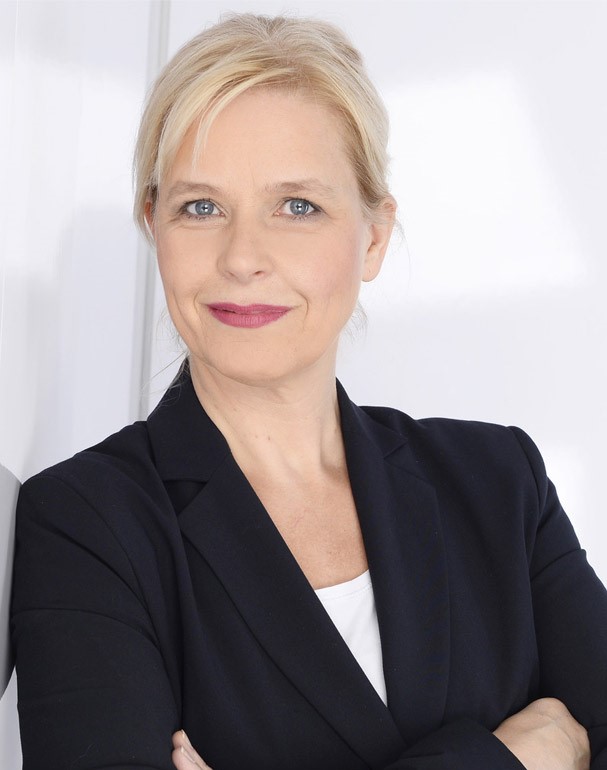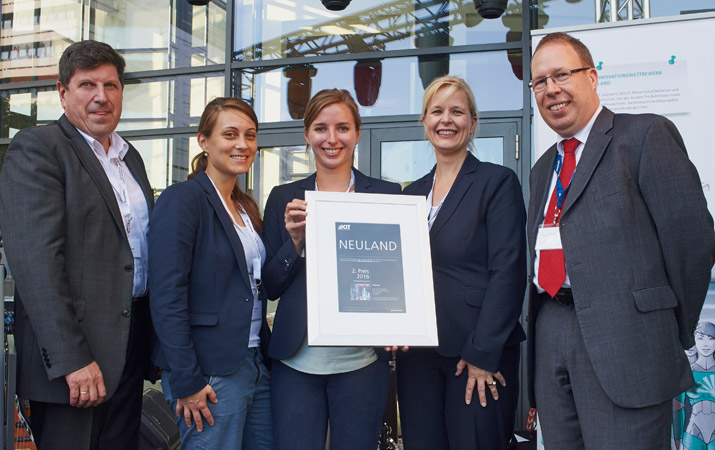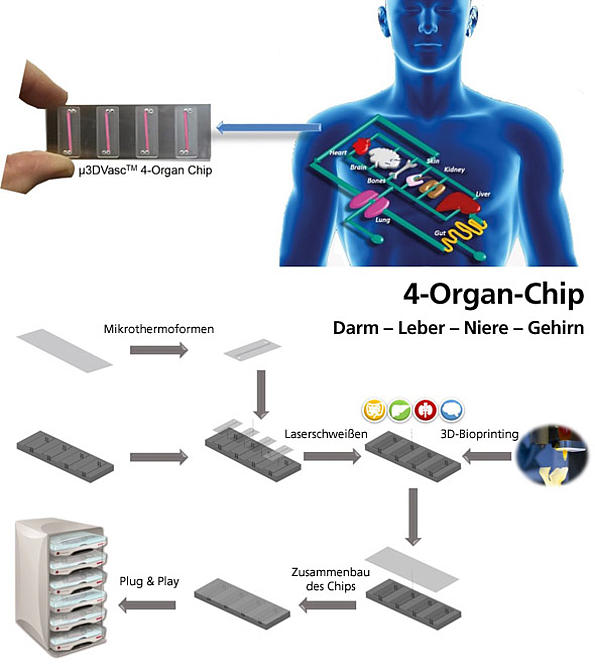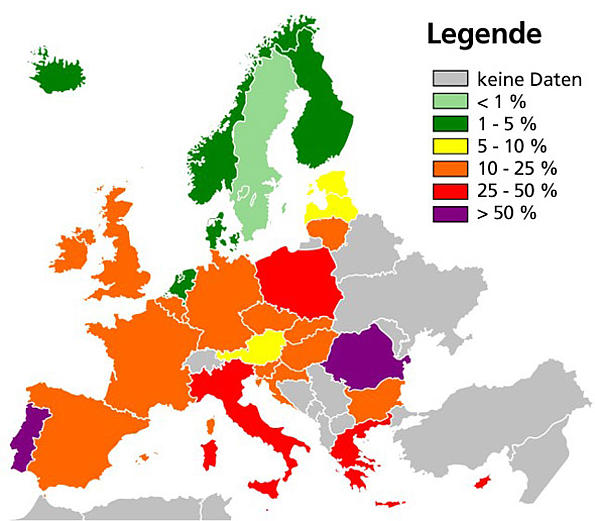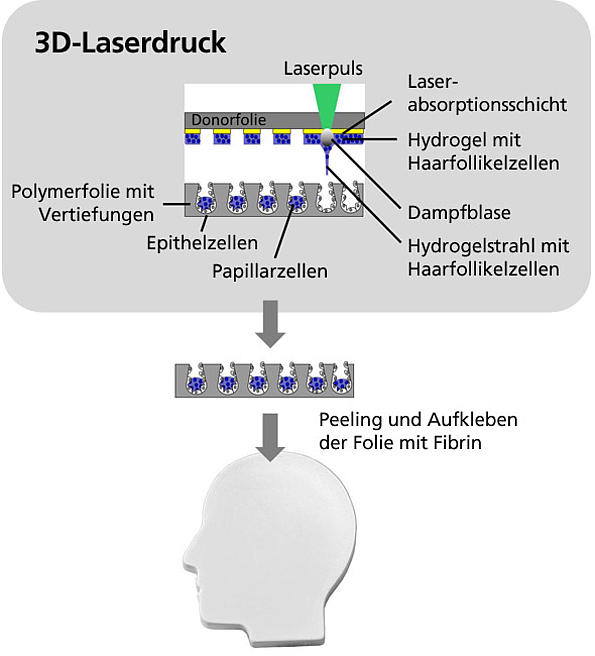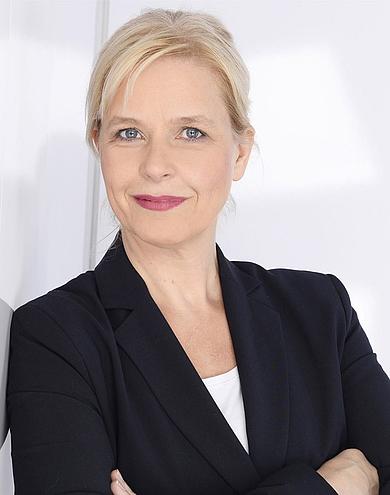How Professor Dr. Ute Schepers uses biochemical research as a basis for application-oriented product ideas.

For one thousand and one nights, Scheherazade told the well-known stories of Aladdin, Sindbad and other adventures. She thus stands for wisdom and the will to change the course of history with the power of the mind. The creative mind of this fairytale figure and her helpers is extraordinary – but what connects Scheherazade with science at KIT? “Inventiveness and the right attitude”, says Professor Ute Schepers, “are needed to generate socially relevant innovations. Well-founded research is a good basis for this, but it's the ideas from which you can make something useful that are crucial.”
This is the strength of her research group at the Institute of Toxicology and Genetics of KIT. Her team focuses on biochemistry, genetics and peptide research. The resulting innovation projects sound more tangible: Hair growth from the printer, removal of tattoos with light, selective destruction of tumor cells. A wide range of applications that are not always immediately apparent. “Doctoral students often ask me what to do with this or that discovery under the microscope. Then you have to think outside the boy”, says Schepers.
A spin-off company called vasQlab is one of the most important current innovation projects of the professor and her team of fellow scientists and entrepreneurs. The founding team set out to change drug development and has already won over several expert juries with its miniaturized organs on body-on-a-chip systems, its artificial blood vessels and the 3D printing of human organs – including at the Cyber Champions Award 2016.
“Our idea is based on the production of different human organs on a miniaturized “body on a chip” system. We have already been able to print three-dimensional organs such as the liver, intestine, brain, skin or lungs on an artificial blood vessel system with the help of 3D printers and reproduce them in miniaturized form."
“Although it has become easier to produce new drugs, the subsequent clinical trials are lengthy and often cost more than 1. 2 billion euros. Moreover, the number of laboratory animals in Germany alone has increased to 2. 8 million in recent years, while the approval of new drugs by the Federal Institute for Drugs and Medical Devices has not increased significantly. On top of that, testing new drugs on humans during the clinical phases frequently results in serious health damage and even death. Results from animal experiments are not always transferable to humans”, explains Ute Schepers. Miniaturized human 3D tissues and organs from different cells can already provide indications of drug tolerability in humans in the preclinical phase, thus minimising the risk in the clinical phases. A highly relevant project with great potential for the pharmaceutical industry.
While vasQlab is due to be founded by a notary in August 2017, Prof. Schepers has already launched new ideas: “We are just starting projects on the photodynamic therapy of cancer and light-activated inks, both of which could lead to spin-offs. The biochemist is also open to collaborations with the industry to further develop her ideas and bring them to market. “Our creative ideas are interesting for a wide range of industries. As a scientific group, we cannot and do not want to take all the way to market ourselves. For industrial partners, however, our projects offer promising new business areas,”says Schepers.

